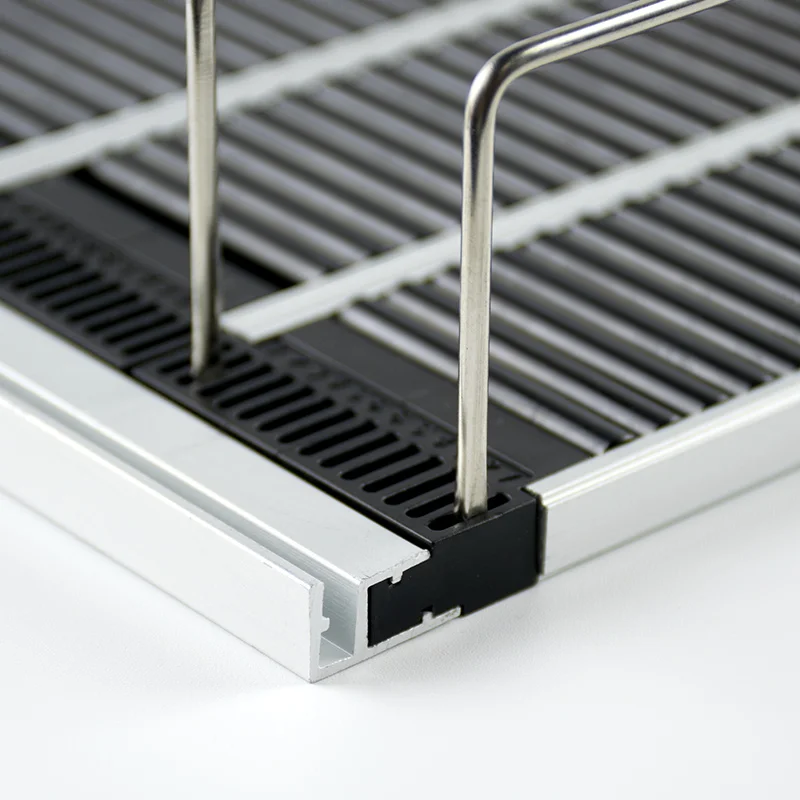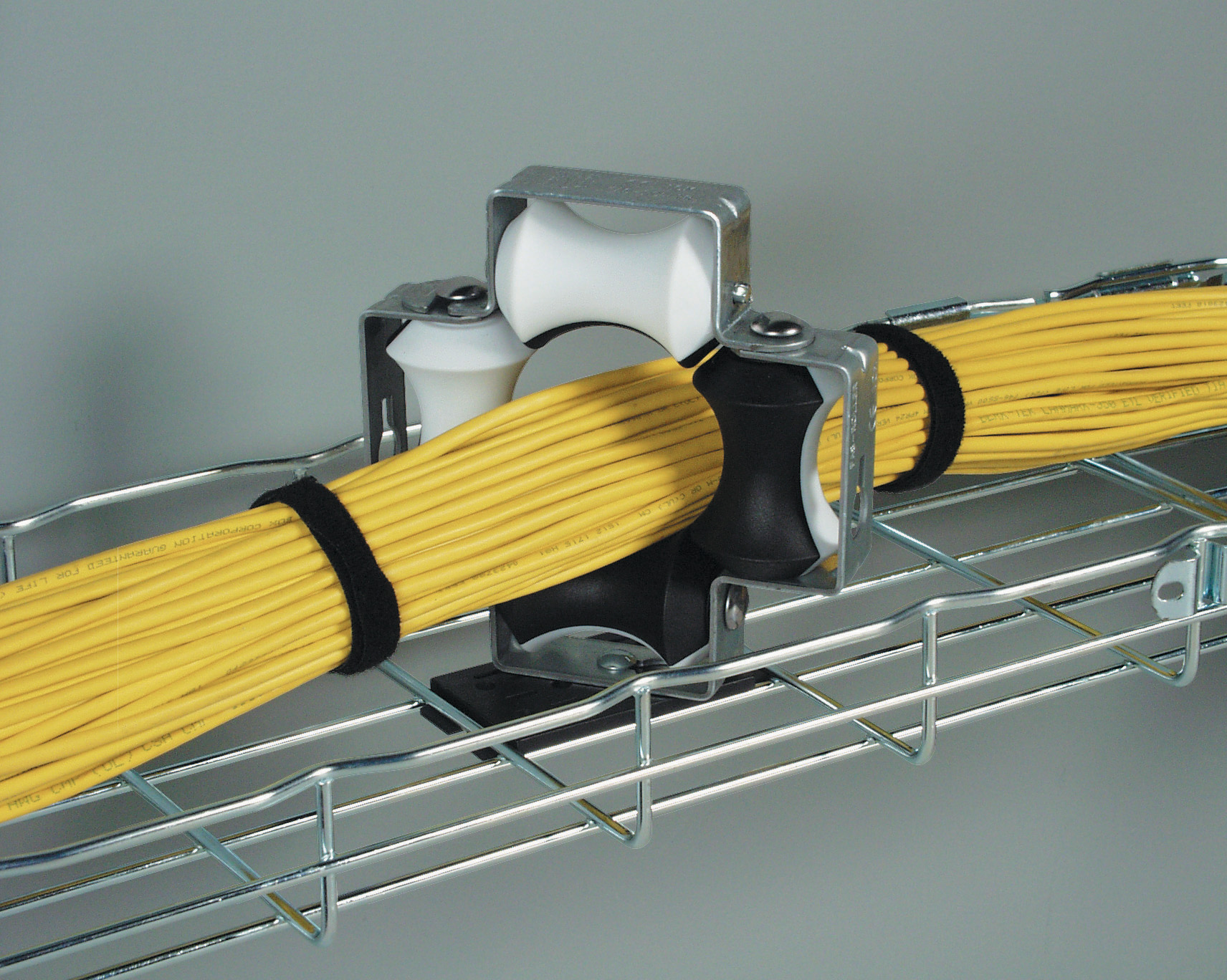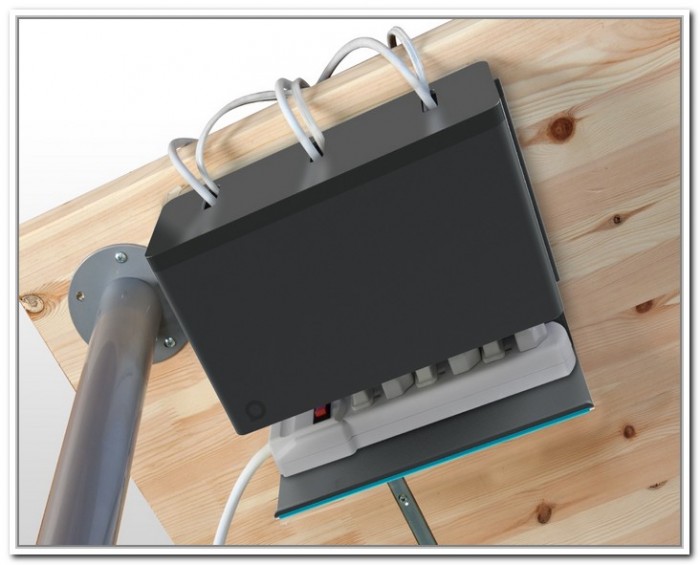

- #CABLE MANAGEMENT WITH ROLLER PORTABLE#
- #CABLE MANAGEMENT WITH ROLLER PROFESSIONAL#
- #CABLE MANAGEMENT WITH ROLLER ZIP#
Then with the other hand take the cord wrap it around again. Take one end of the cord and make a circle in what ever size is needed. If cable the is of medium length use both hands to create the circle. To achieve this make both plug ends come together, using whatever management system is at hand. The cinch should leave both terminals taught and not loose or dangling. Then one side can be managed and the other side cinched toward it. To form the figure eight first coil the wire into oval, in the same way a ring coil was made. Cords that have a lot of shielding or extra thick rubber extrusion work best. Similar to ring coils is the figure eight and oval, they're even easier to store, although the downside is more kinks and a slight amount of tangle. With cords that have less plastic extrusion other types of coils can work too.

Every type type of cord can be managed in to a ring, regardless of how thick its extrusion is. Have both plug ends slightly overlap each other so that they can be cinched together with ties. Find the coil size by determining the cables width and length into a reasonably sized torus (donut shape).

Let it sit like this for a while, later repeat the process until cord is less kinked and ready for a real cable management system. Next use the ties to hold the coils shape. If the coil needs to be larger, find something cylindrically shaped such a bottle to wrap it around. Began by wrapping the cord into a ring coil around your hand. With a signal or power not flowing as clean, down the line these will harm their devices. This results in cables that don't conduct or have inconsistent current. When a cord is twisted, kinked or excessively bent the copper wires eventually split. Coils are the easiest to use and store with out tangles. The process eventually trains the copper and plastic to form a coil. The wire ties are still considered trash, but they can serve the new or old cables by removing their kinks and bends. Similar ties can be found in the produce aisle of the grocery market. Cables that are going to be stored, sold or just scrap parts can also be managed in this manner.
#CABLE MANAGEMENT WITH ROLLER ZIP#
These will be re-used for temporary management, an alternative to zip ties or anything that doesn't require Velcro. The disposable ties function similarly as the third-party cable management products, only they ware out. This will remove lead residue from the manufacturing process. Before managing these severely kinked cords, it is wise to clean them with soap. Bound up like rope they are wedged into a small retail package. When cords arrive to us fresh out the box, they are tied up with little black wire ties. Contents Twisty Ties, Coil formations, figure eights and Ovals Spike and surge protectors, line noise filter Grounded splitters The transformer or wall wart adapter Dock and Charge Stations Temporary electronic set-ups Small area Medium area Management systems RFI/EMI line-noise filter ferrites Stress point Reinforcement Springs Tape Cord covers Labels and Tags Prongs Camera controller note: the neologism "coiler " is used frequently to describe devices and or accessories that spool cords.
#CABLE MANAGEMENT WITH ROLLER PORTABLE#
This will include essential portable electronics and appliance accessories, temporary installation techniques, safety & preventative measures, techniques for modifying cables, plus much more. The format for this will not be step by step procedures but sections pertaining to each idea along with tips. Ideas this instructable focuses on are: ergonomics, portability,, storage and retrieval.

Wire is a trajectory through which objects are powered and data transferred, the preservation of its conductivity is the main concern here.
#CABLE MANAGEMENT WITH ROLLER PROFESSIONAL#
Both consumer and professional electronics apply here, though the topic will gravitate toward common use electronics, such as, cell phone, laptop, headphones, media devices. This is an inquiry into the management of portable cords. Consumer electronics inhabit everyday personal space, miniaturization allows them mobility and self-containment.


 0 kommentar(er)
0 kommentar(er)
